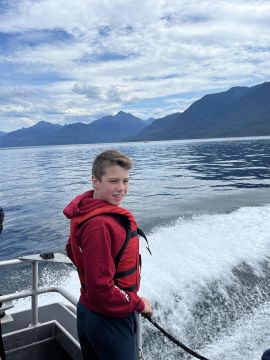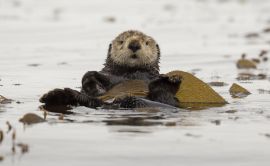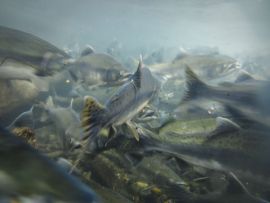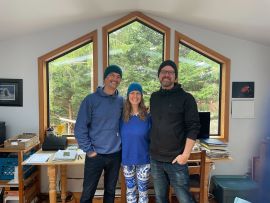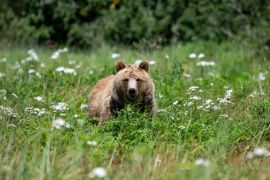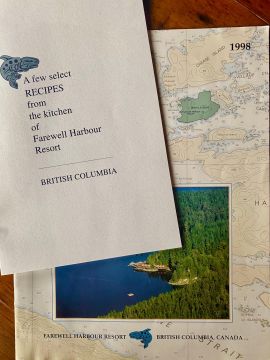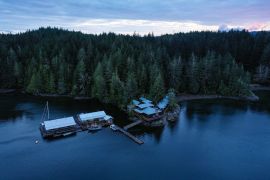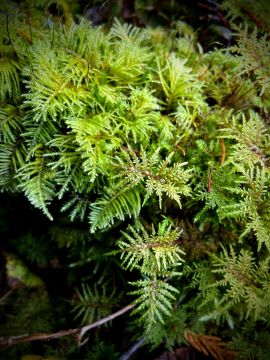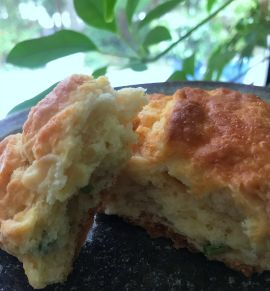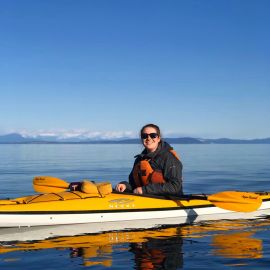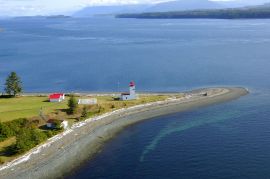Wildlife Guide - Bears
Farewell Harbour Lodge is located on the edge of the Great Bear Rainforest, a protected area that spans around 6.4 million hectares (that is about the size of Ireland!) on the West Coast of British Columbia. From our location we are able to reach numerous places to view bears and experience once in a lifetime moments with these apex predators in their own habitat. It is a privilege to spend time with them and to be able to guide bear viewing excursions for a living, but as many people travel from places in the world where bears are not common, we thought it would be a good idea to put together this short guide. Hopefully it helps to take away some of the guess work when preparing for a bear trek with Farewell Harbour Lodge!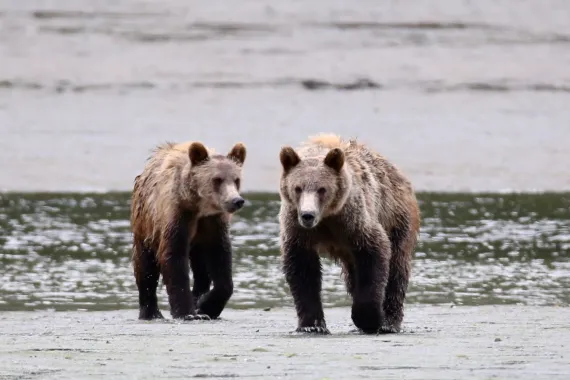
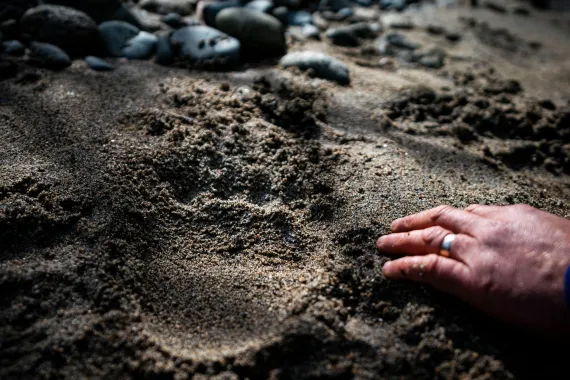
Who?
As you can see from the photo to the right (which is a grizzly bear) you cannot rely on colouring alone to tell the difference. We have seen grizzly bears that are almost black and black bears who look blonde! The easiest way to tell the difference from a distance is actually their shape, grizzly bears have a shoulder hump on their back as they have very large muscles for digging. Black bears do not have a hump and have a flatter profile including their faces which are very straight.
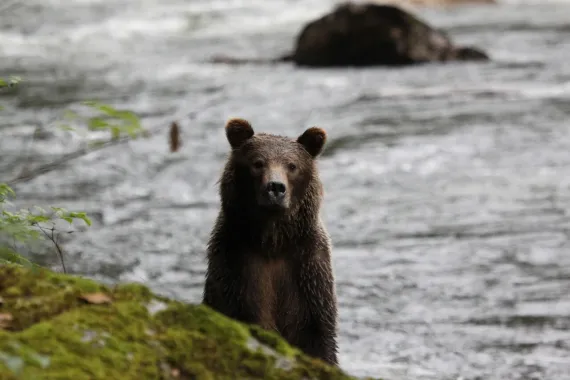
Where?
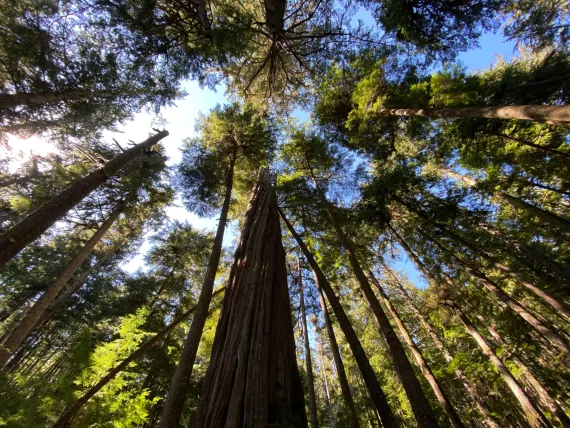
In February 2016, the Great Bear Rainforest was officially recognized when an agreement was made to permanently protect 85% of its old-growth forest from industrial logging. This landmark decision is crucial, not only to safeguard the habitat of species like wolves, cougars, bears, and salmon, but also to help combat global climate change. Just one hectare of this forest can store over 1,000 tonnes of carbon!
The Great Bear Rainforest also encompasses much of the coastline of the Great Bear Sea, stretching from Campbell River on Vancouver Island to the BC-Alaska border. This region is one of the world’s most vibrant marine ecosystems, home to a wide range of wildlife, from Humpback whales to sea anemones.
When?
Spring
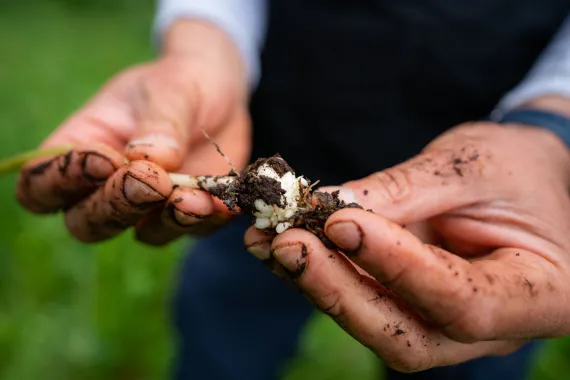
When bears first emerge from their dens in higher elevations, Grizzly moms with their cubs and sub adults are the first to come down to the lush, green estuaries to forage on new, emerging greens like protein-rich sedge, skunk cabbage and salmonberry shoots/flowers.
Late Spring/Summer
Grizzlies are found in estuaries digging up carbohydrate-rich roots and tubers along with continuing to forage on sedge and other estuary plants . As the berries start to ripen in early summer, we see bears moving between the estuaries and the edge of the forest where they feed on different native coastal berries like salmonberry, huckleberry and salal berry as well as other fruits like crab apples.
Late Summer/Fall
Grizzlies start to anticipate the return of the salmon and will stay close the mouths of the rivers. Here they forage for tubers, roots and sedge while they await the spawning salmon to move back up the rivers. When salmon returns are high, Grizzlies primarily eat salmon and can be found further up the rivers catching salmon as they return to their spawning pools. If salmon returns are low, Grizzlies will continue to feed on sedge, roots and berries. In the Fall, Grizzlies enter a state of hyperphagia, a time of voracious feeding as they try to pack on as much weight as possible to sustain themselves through their long winter sleep.
All Season
When the tide is low, bears will take advantage of the exposed intertidal zone for the great menu of protein-rich marine life that is found there. They graze on seaweeds, barnacles, mussels and crabs as they move along the shoreline, flipping rocks and foraging on the go before the tide rises again. This is where we most often see Black bears.
What?
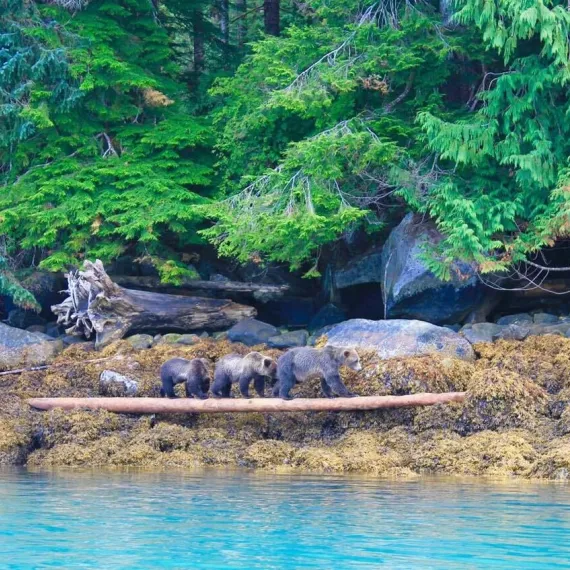
-CAMERA!! (you are not going to want to miss capturing these moments)
- Layers: it can be cooler on the boats than walking in the estuaries so it is a good idea of have layers you can remove easily (we will provide rain gear)
- Rubber Boots: We do also provide rubber boots, you will need them for crossing small creeks and squelching through mud.
-Binoculars: Sometimes we can spot bears from a good distance so it is helpful to be able to tell the difference between a rock bear and a real one!












